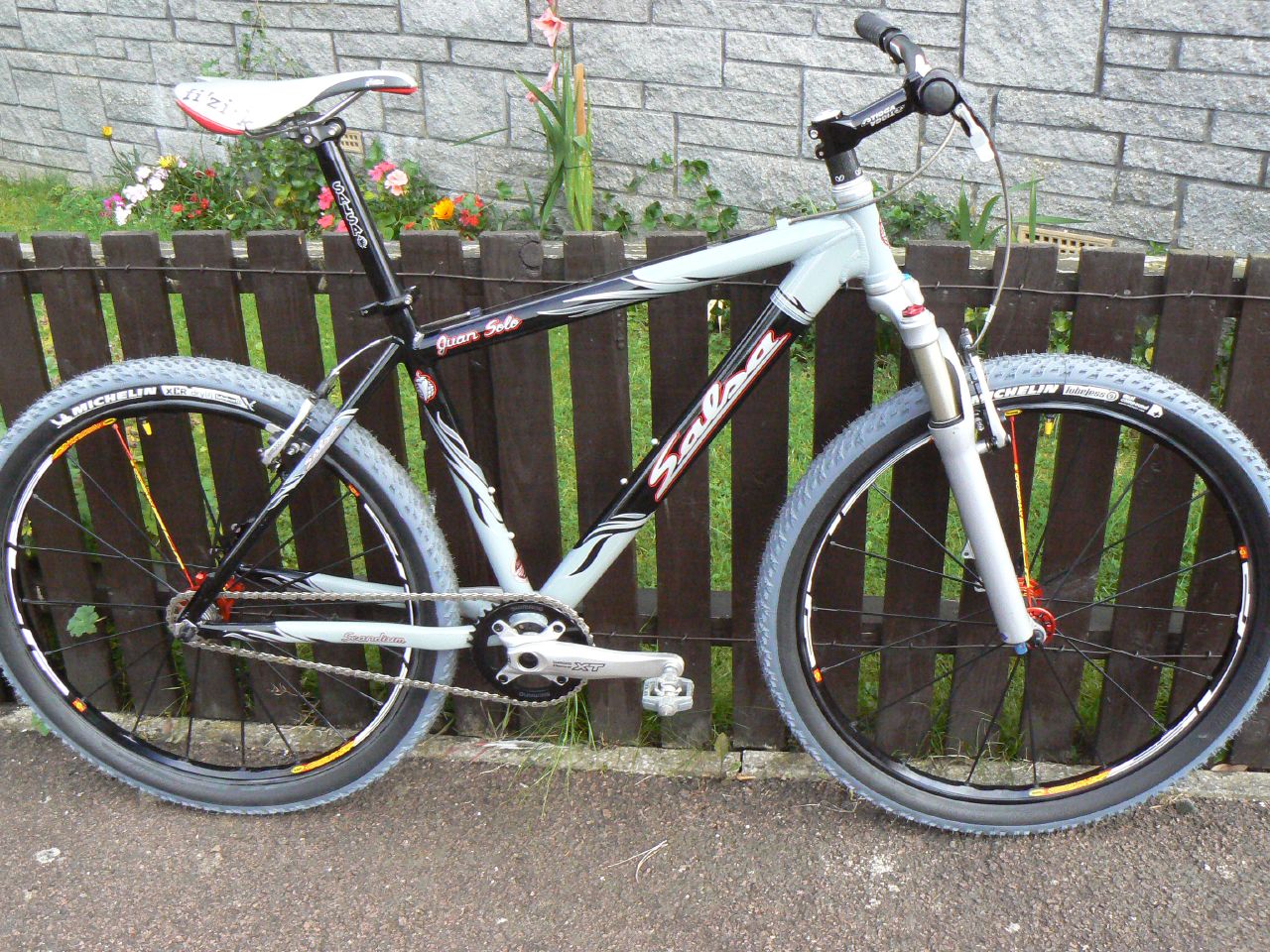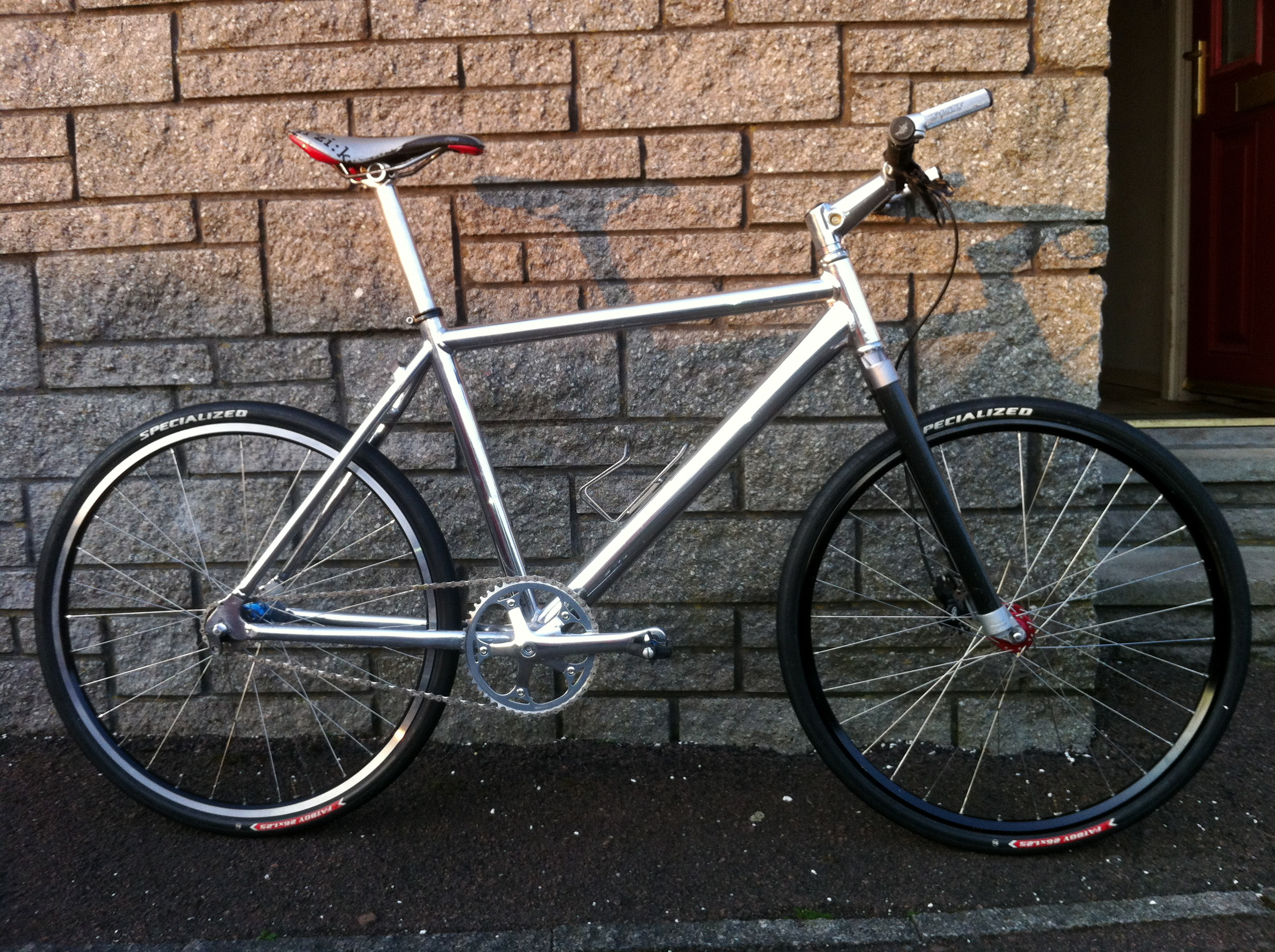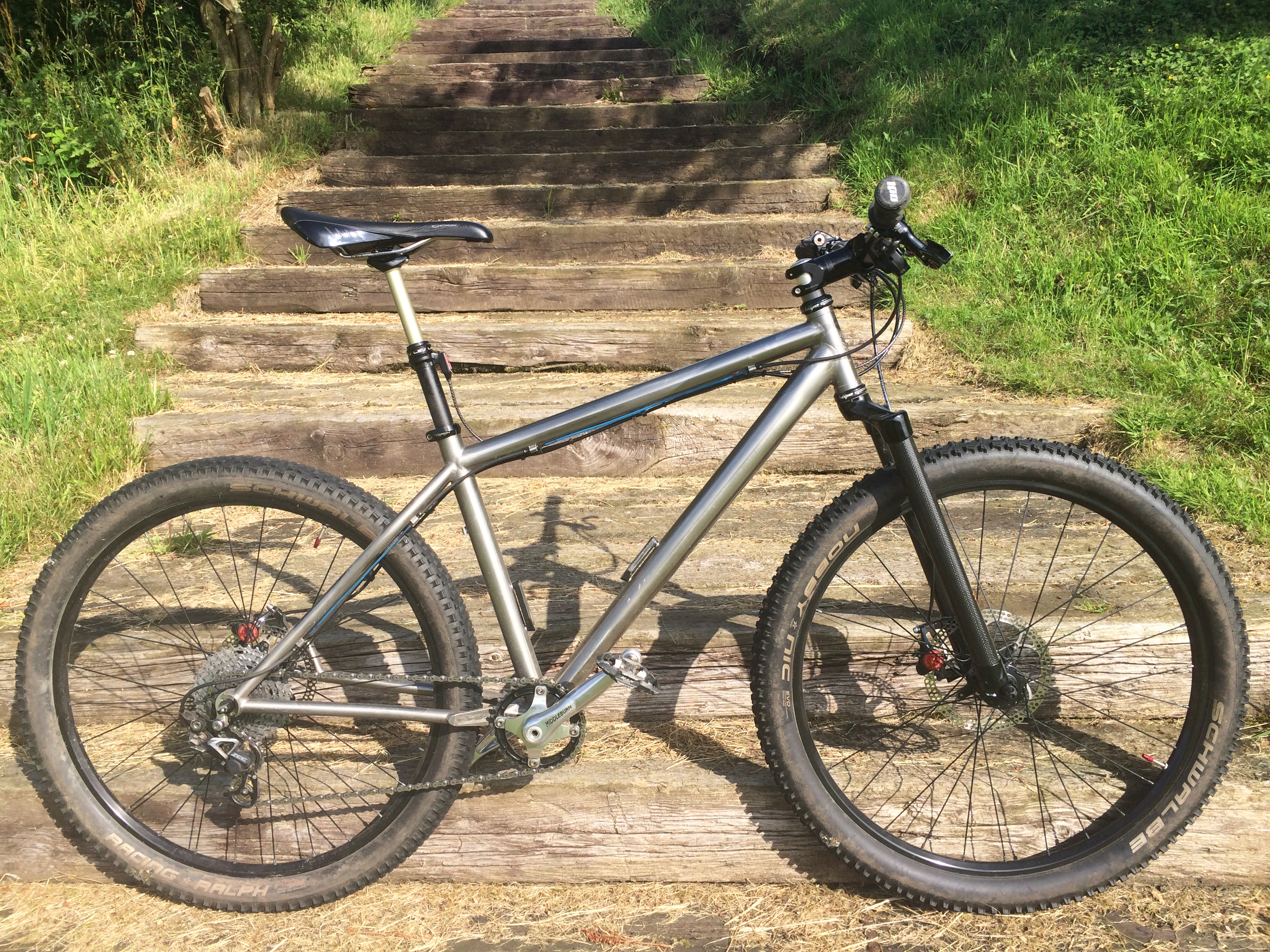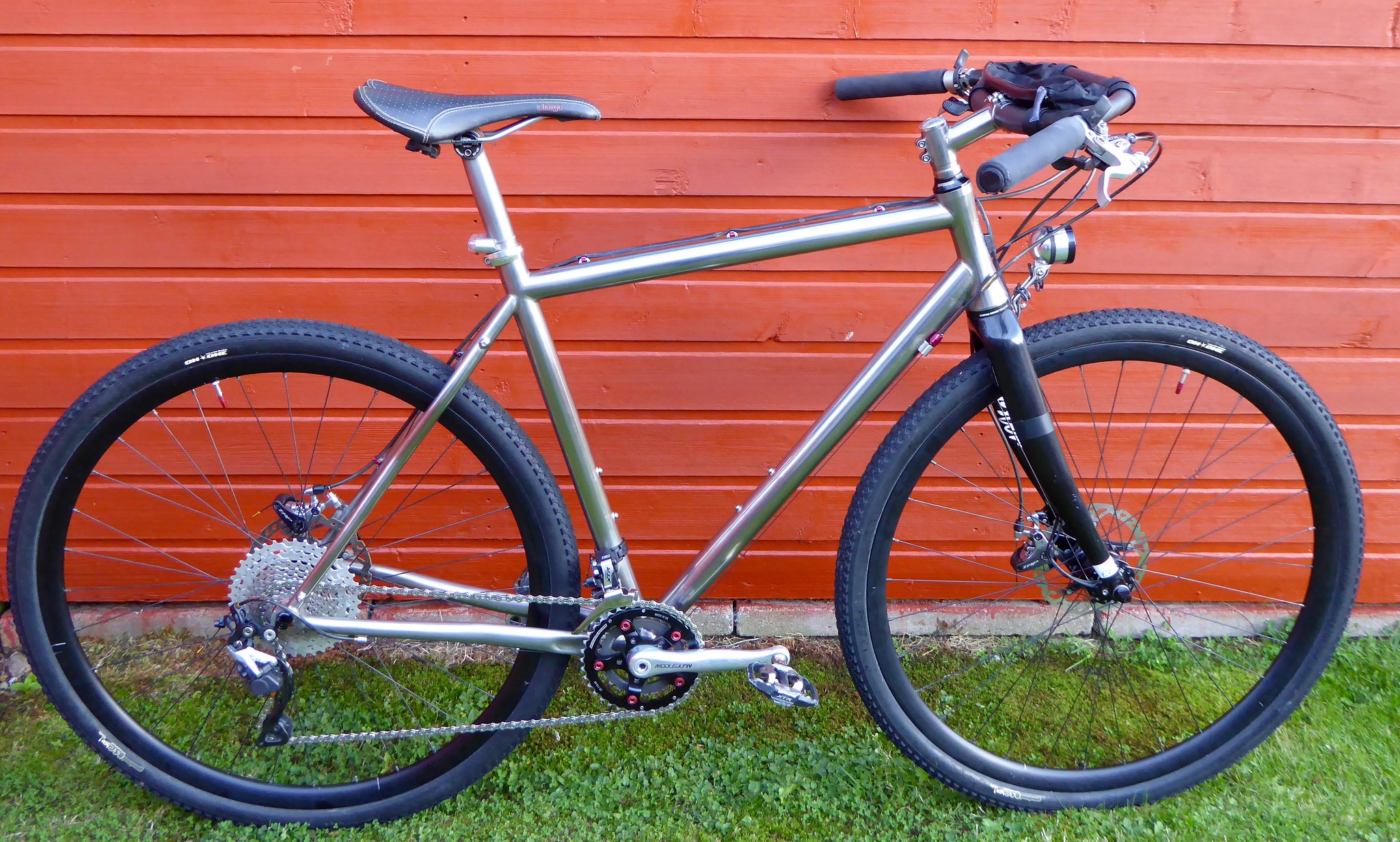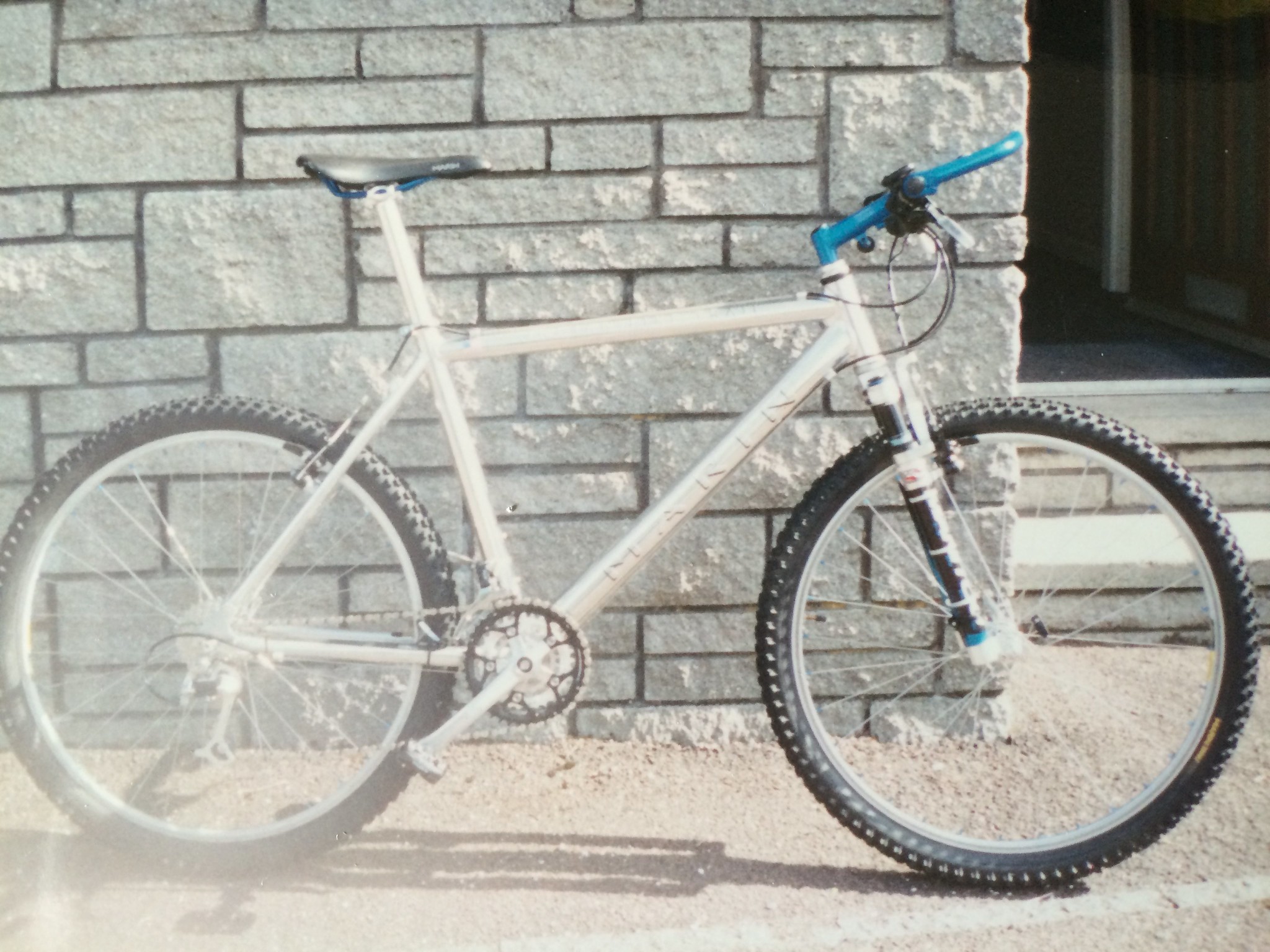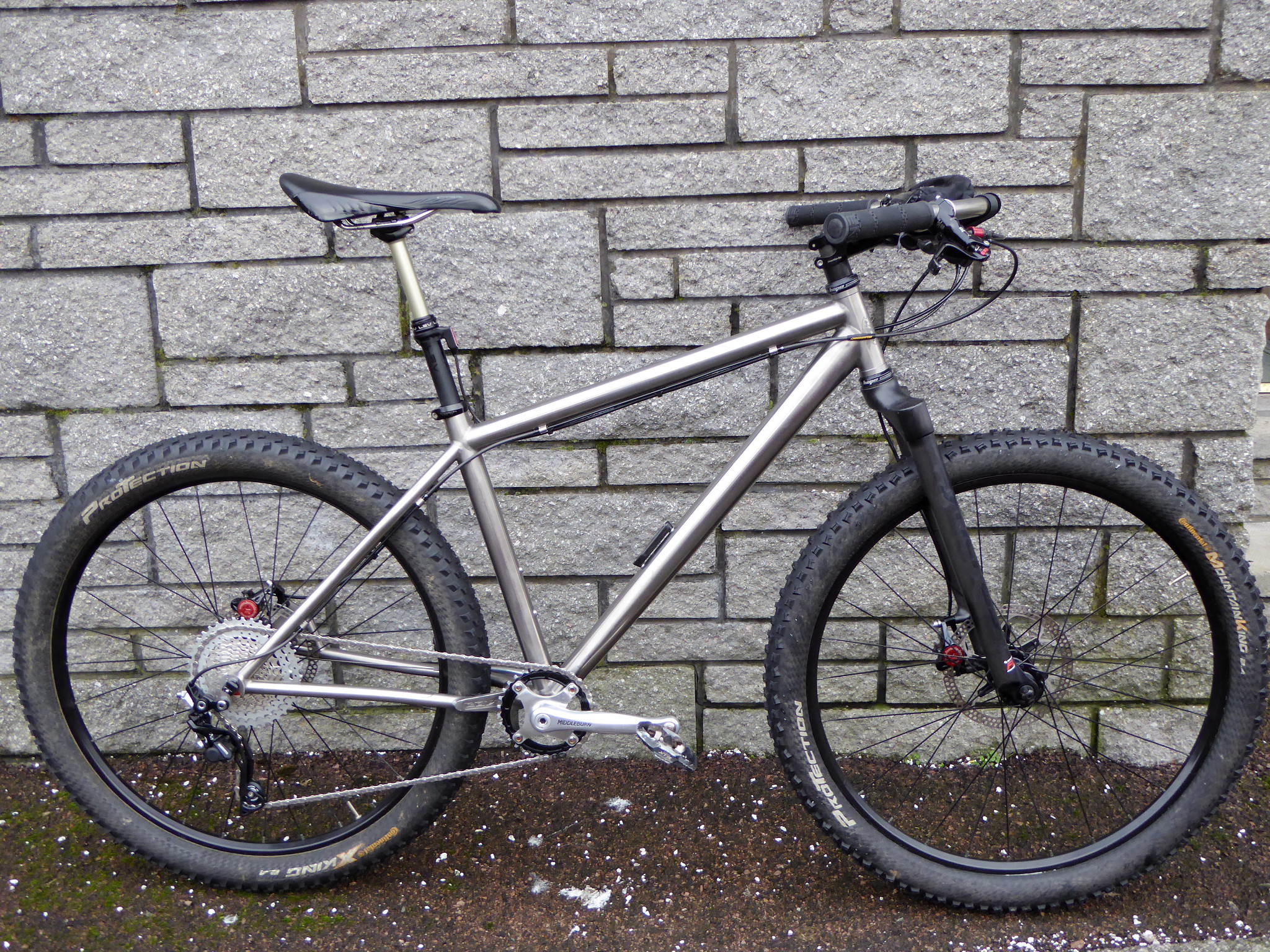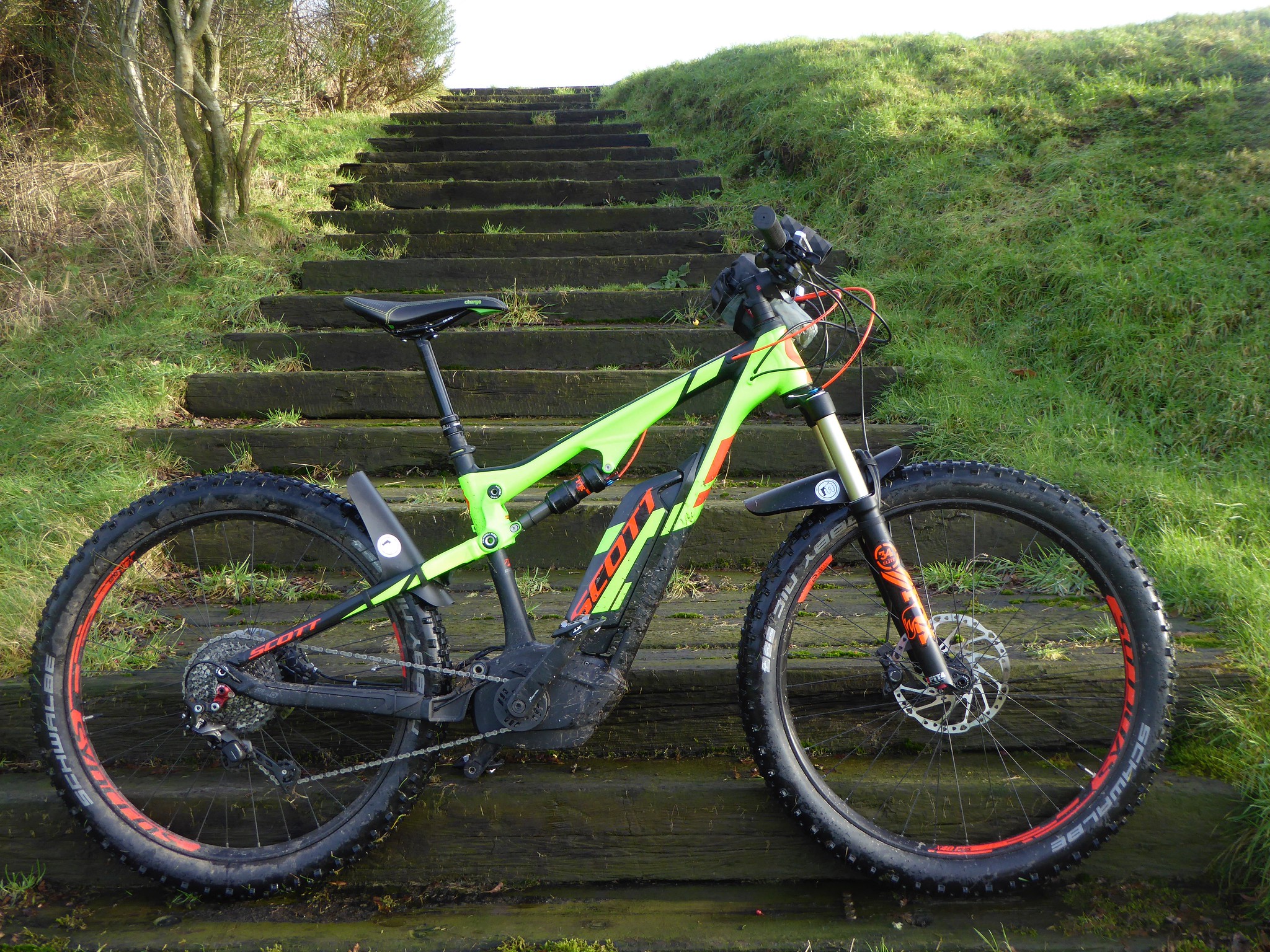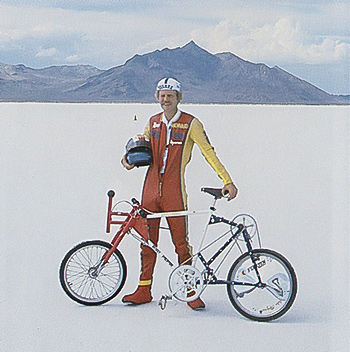Could be, but the focus now is more on spin and jump than on force with tall gears.
I don't keep up with the pro peloton and haven't for a very long time. I sort-of got a little interested again during Armstrong's run, but though I never knew him personally, we had many mutual friends from my time in Dallas. Let's just say he did not enjoy a sterling reputation, even by the standards of bicycle racers. As a breed, bike racers tend to be self-absorbed, but given the physical demands of it, it's not hard to understand why. I was never fast enough that I didn't need humility at every turn

But after his fall from grace I haven't been back for any spectating.
Edit: Been meaning to mention that the small cogs used to be limited to 13 or 14 teeth, but now go down to 11 teeth even with regular stuff, and 10 or even nine teeth with some stuff. The change from 13 to 11 is like going from a 50-tooth chainring to a 58-tooth chainring. So, the tallest gears are probably just as tall, but still use smaller chainrings. The smallest cogs these days are often coupled with single chainrings to prevent the need for a front derailleur.
Rick "who would rather ride than watch others ride" Denney


